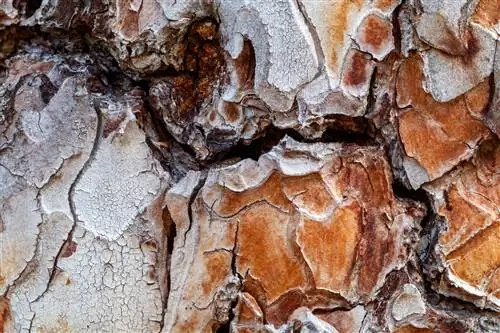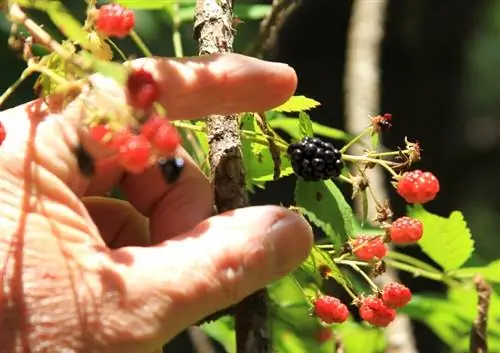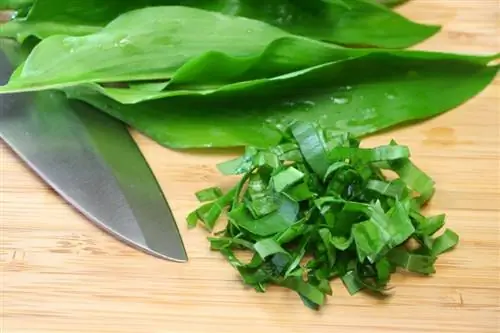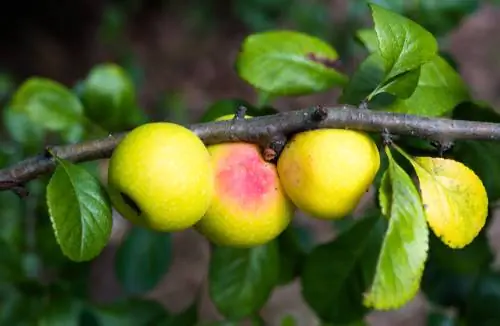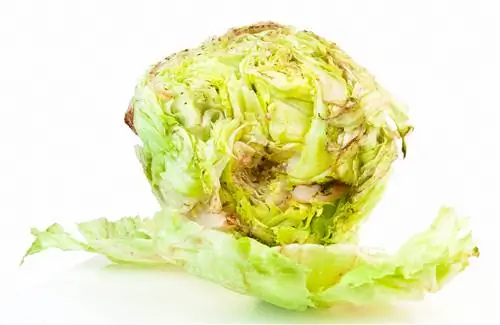- Author admin [email protected].
- Public 2023-12-16 16:46.
- Last modified 2025-01-23 11:19.
There are rumors and speculations about the edibility of tree bark. Read here whether you can eat the bark of trees. This is how you can prepare and eat tree bark. You can find out which tree species provide you with edible bark here.

Can you eat tree bark?
Tree bark isedibleand an easily accessible,he althy food sourceEdible part of tree bark is thecambiumTrees with edible bark include pine, birch, linden and willow. For a tasty preparation, you can boil, fry, bake or eat tree bark raw.
Is tree bark he althy?
Tree bark isnutritiousandhe althy. With 100 calories per 100 grams, bark serves as an easily accessible source of nutrition in times of need. The edible part of tree bark contains fiber, sugar, vitamins as well as beneficial tannins and glycosides.
Tree bark was already valued as food in ancient times. Finds show that the natives of North America processed dried tree bark into flour. Today, bark is used as a survival hack, in herbal medicine, in the production of medicines such as aspirin and spices such as cinnamon.
What part of tree bark can you eat?
The edible part of tree bark is thecambium, unless it is a poisonous tree. The only growth layer in trees is called cambium wood. The fine, delicate fabric forms wood on the inside and raffia on the outside. A look at the structure of the tree trunk shows the exact position:
- Outer, visible bark layer: bark (not edible)
- Second layer: raffia (not edible).
- Third layer: cambium (edible)
- Fourth layer: sapwood (not edible)
- Fifth layer: heartwood (not edible)
Which trees have edible bark?
Manynative tree species have edible bark. Poisonous exceptions are wild cherry (Prunus avium), yew (Taxus) and eucalyptus (Eucalytus). You can eat the bark of these trees:
- Pine (Pinus), evergreen conifer with tasty inner bark.
- Lower birch (Betula pendula), widespread deciduous tree with black and white, papery, thin outer bark and sweetish cambium.
- Linde (Tilia), majestic deciduous tree whose sweet cambium can be easily scraped out from the inside of the bark.
- Willow (Salix), common deciduous tree with catkin flowers, whose bark tastes bitter.
How to prepare tree bark?
You can boil tree bark in watercook, in oilfryor process it into flour andbakeSuitable forraw consumption is paper-thin birch bark at best. To prepare it, ideally cut the tree bark into strips. Cooked in water, strips of bark can be compared to noodles. Fried tree bark tastes reminiscent of potato chips. Bread and cookies made from bark flour are laborious to prepare. The delicious result, however, surpasses any conventional survival food.
Tip
Animals like to eat tree bark
For many animals, tree bark is at the top of the menu. The “big three” at the bark buffet are red deer, roe deer and chamois. Near water, beavers happily gnaw on tree bark. The largest bark eaters in terms of numbers are small rodents. These include mice, rabbits, squirrels and dormice. To protect your garden trees from uninvited guests, jute wraps and cuffs on the tree trunk help.

